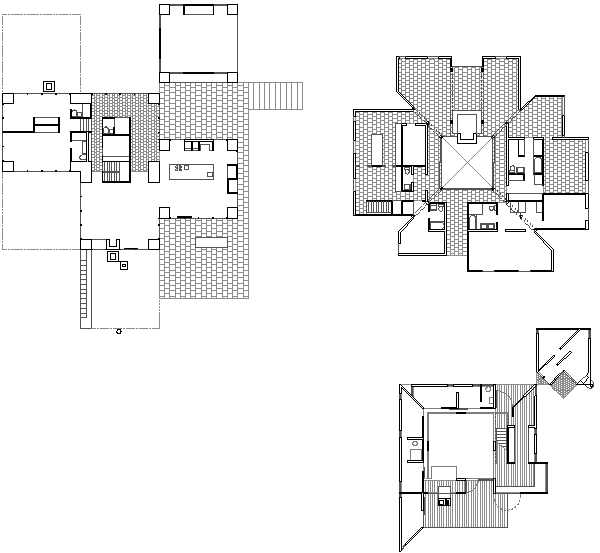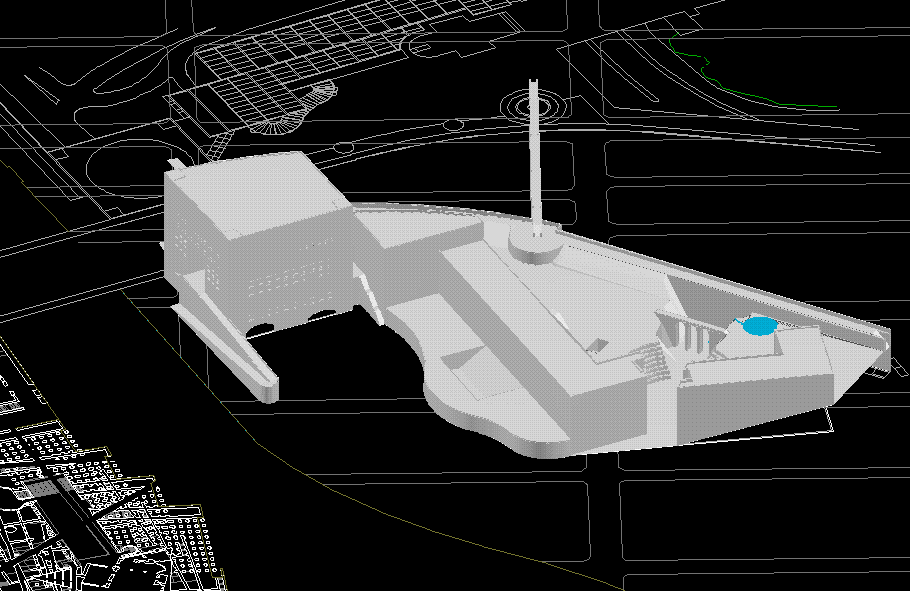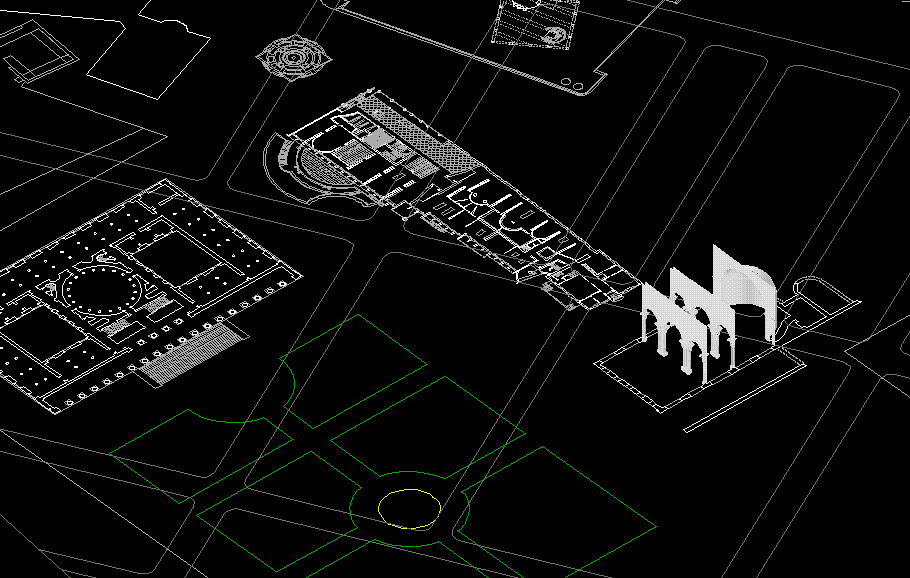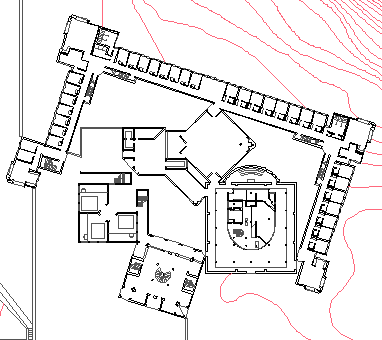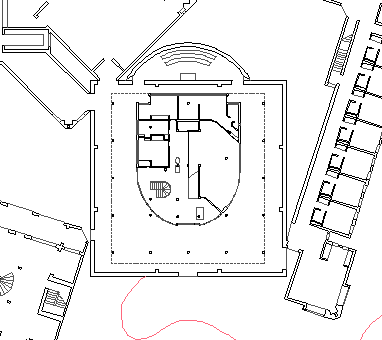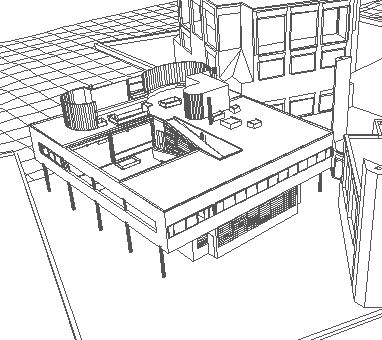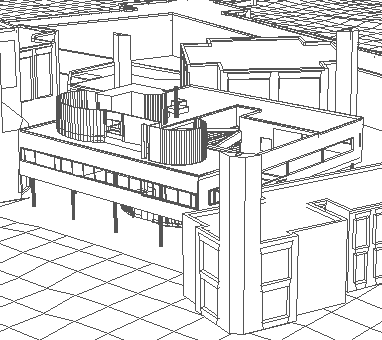Quondamopolis | a deliberate deterritorialization |
|
| 3 June | 2014.06.03 12:52 |
...an over-riding interest in things that are incomplete... ...displays as fragments or even non-sequiturs. There is also the idea of mixing up the collection... |
|
Developing a thesis (and metathesis?) - brainstorming help! |
I'd say a de-territorialized critic is even more dangerous.
|
Had Poleni's reflections been developed into a detailed study and published, they would have had a significant influence on Italian architectural theory. However, he never wrote such a study, because Maffei preferred another tactic in defending himself against Lucchesi. After reading and re-reading his book, he wrote to Poleni,
| Observed together the Prima Parte [di Architetture e Prospettive] and the Carceri manifest a double theater where the first "play" is inversely reflected in the second "play". (Note too that the second...)2 | He imagined there [in the Carceri] an architecture even more than that of the Prima Parte, although based entirely on walls and arches.3 | I hope they indeed do a proper archaeological dig [at the Morris House site], and I wouldn't mind if the new [] pavilion was delayed for a long, long time. This all makes me wonder if a number of historic sites in downtown Philadelphia would be better as archaeological digs/sites rather than sites of 'preservation'.4 |
All that survives of the President's House at Sixth and Market Streets are its 18th-century foundations, discovered during an archaeological dig that began in March. Once the old stones yield their secrets, they are meant to be preserved with dirt, and a memorial built above.
|
|
D. Diederichsen's review of Mike Kelley's (forthcoming) Foul Perfection in Artforum January 2003 contains a poignant Kelley quotation:
|
1. Lola Kantor-Kazovsky, Piranesi as interpreter of Roman architecture and the origins of his intellectual world (Leo S. Olschki Editori, 2006), p. 240.
|
|
www.quondam.com/33/3308w.htm | Quondam © 2017.11.29 |
